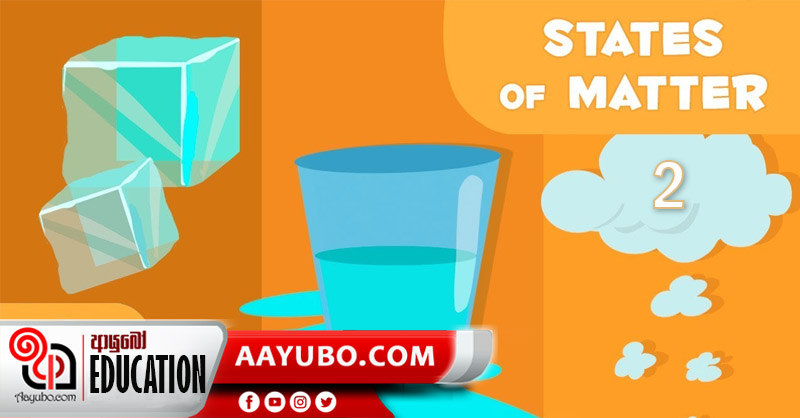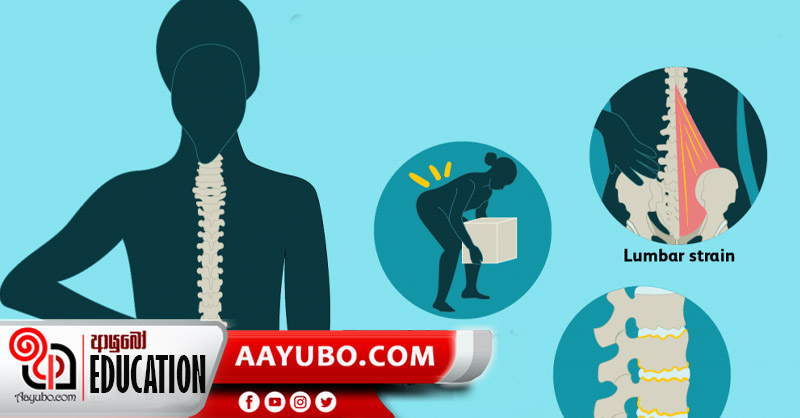Grade 8 Science - Properties of Matter: Part 2

We explored the discontinuous nature and some key aspects regarding matter that is present in the three states namely, solid, liquid and gas. Thus, the particulate nature of matter exists in different patterns / behaviors when the above states are considered. This difference has led to the presence of physical properties that are specific to them.
The particles in solids are arranged in a regular pattern and they are tightly packed, leaving less space among particles. The particles in liquid are not arranged in an orderly manner and they exist close together. Although the space among the particles is less in liquids, it is comparatively higher than that of particles in solids. The particles of gases do not have a regular pattern and they are well separated from each other. Thus, the space among the particles of gaseous matter is greater than that of both solids and liquids. Moreover, the particles in solids showcase strong binding forces than liquids and gases. Particularly in gases, the binding forces are very weak. When the movement of particles is considered, the particles of solids do not move. Instead, they vibrate or jiggle, positioned at the same place. In liquids, the particles move, vibrate and go past each other within the liquid while those of gases vibrate and move freely.
These behaviors have caused the birth of a variety of characteristics inculcated in solid, liquid and gaseous matter.
Solids have a fixed or a definite shape and a volume because its particles are tightly packed in a regular pattern. The forces of binding are quite strong. The particles of liquids and gases do not possess a regular or an orderly pattern and owing to this, they do not have a definite/ fixed shape. Gases will take the entire volume of the container itself due to its free movement of particles. Gases do not have a fixed volume. The liquids will occupy the shape and volume of the part of the container that it occupies as the particles move or slide past each other within the liquid. Thus, they have a definite volume. Unlike gases, liquids do not spread across the whole volume of the particular container.
Solids and liquid particles are not easily compressible as the space among the closely packed particles is less. That is, by increasing pressure, its volume cannot be reduced. In contrast, owing to the availability of wider spaces among the particles in plenty, the gases can be easily compressed. Thus, particles of gaseous matter can be easily brought together / closer by the application of a force/pressure. When the density is considered, solid and liquid particles possess a higher density than that of gaseous particles.
Matter and their physical properties are being widely utilized for many purposes. For example, solids are used in producing various building materials, machines, vehicle parts, weapons etc. Liquids are used in equipment like hydraulic jack, mercury thermometer and is also used to facilitate transportation. Gases are being commonly used to inflate the vehicle tires, in pressure cookers, liquid petroleum gas cylinders and many more.
by Mekhala Egodawele
Photo source : Inetrnet
1347 Views







Comments